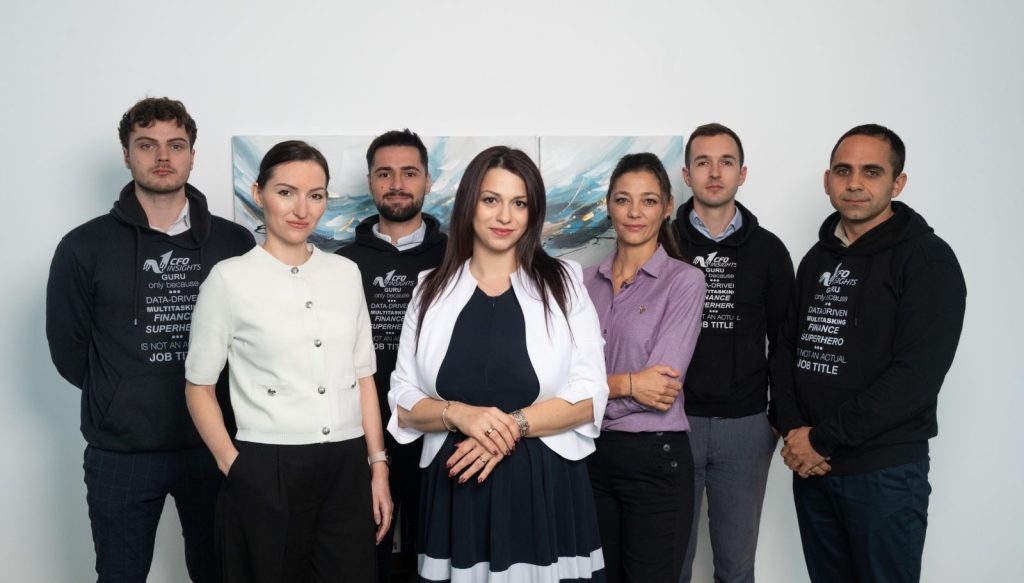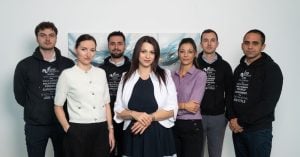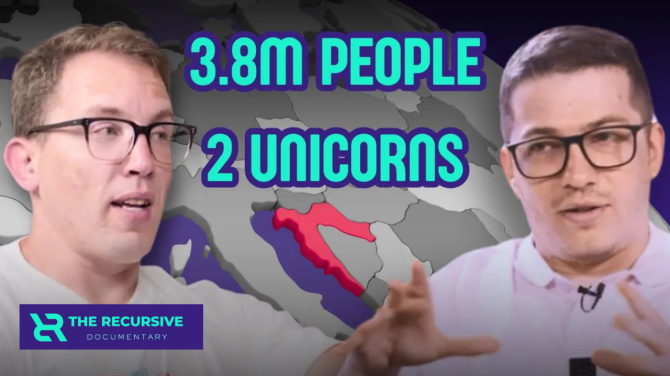Europe is entering a decisive decade for climate innovation. Public funding instruments, from the EU Innovation Fund to national transition programmes, are deploying unprecedented resources into energy transition, industrial decarbonization, and climate adaptation technologies. Venture capital dedicated to climate tech remains one of the most resilient pools of capital in the European market.
Yet many climate tech and cleantech startups still fail at the same point: not because the technology does not work, but because the financing model cannot support the development and commercialization timeline required to bring the solution to market.
This is the central argument of CFO Insights’ Cleantech & Climate Tech CFO Playbook: climate innovation follows financial dynamics that are fundamentally different from software. Companies must structure capital around technology readiness, industrial adoption cycles, and the sequencing of grants, equity and debt, not around traditional startup funding stages.
Capital Requirements Define the Business Model
The Playbook distinguishes three financial archetypes in climate and cleantech:
Hardware-intensive companies
Require multi-stage capitalization, often starting with grants and equity and later transitioning to infrastructure or project finance once offtake and deployment risk are reduced.
Climate SaaS companies
Can scale like software but must integrate compliance, ESG assurance, and enterprise-grade integration into their cost and margin logic early in the roadmap.
Hybrid models
Combine recurring software economics with Capex-intensive hardware or infrastructure rollouts, which increases the need for structured milestone funding and capital efficiency discipline.
The common mistake, according to the Playbook, is treating these models as variations of software companies instead of fundamentally different capital systems.
How Investors Define “Pre-Revenue Validation”
The Playbook states that cleantech companies must demonstrate commercial readiness long before meaningful revenue exists. This is especially true in industrial sectors where customer adoption depends on technical validation, manufacturability, and risk-sharing business models. Interviews with investors in The Recursive network confirm this assumption.
Dr. Mark Windeknecht, Principal at World Fund, describes what early validation now requires:
“Before revenue, we look for proof that a team can translate scientific insight into a product that is VC-relevant: one that addresses a meaningful market and solves a genuine customer problem. Milestones tied to commercially relevant KPIs and strong early customer engagement for clear use cases provide the strongest signs of pre-revenue validation. We encourage founders to stay mindful of the capital intensity of their product development and to plan realistically for the risks and potential timeline delays involved in reaching key milestones within their runway.”
A vertical investor in maritime and logistics reinforces this with a sector-specific lens: “As a vertical fund specializing in maritime and logistics, we leverage our strong partner network to validate — with real potential customers — the business pain, urgency, and willingness to pay. We also assess whether the market opportunity is large enough to justify VC-grade investment and long-term scalability. The most common mistakes we see are misaligned cap tables with too much dead equity or key roles held by partially committed team members, and over-reliance on a single design partner or customer, which limits broader validation and delays true product-market fit,” says Michal Hendel-Sufa, Principal at theDOCK.
The Playbook makes the same warning in financial language: technology readiness without market-relevant milestones does not unlock new financing instruments. A breakthrough in the lab does not unlock project debt. A completed pilot does not automatically produce purchase orders. Companies must plan funding around the lag between technical validation and commercial conversion.
Investors therefore treat “scientific progress” as insufficient unless paired with early customer evidence and credible capitalization strategy.
Commercial Proof Comes Before Revenue
Thibaud Le Séguillon, CEO of Industrya, an investment fund that backs industrial start-ups and scale-ups, reinforces the financial implications:
“Before revenue, I look for clear proof that the core technology works reliably outside the lab, that there’s a defined and validated use case with early industrial partners, and that the team can translate science into a scalable product roadmap. The most common financial mistakes are underestimating the capital intensity and time to market, and overestimating how quickly customers will move from pilots to purchase orders.”
The Playbook notes that customer validation cycles in climate sectors may run between 18 and 36 months before recurring revenue begins, and that internal project approvals inside industrial buyers often move independently from technical success.
This is why the Playbook repeatedly warns that runway must be structured around milestone risk, not calendar duration.

Milestones Must Demonstrate Market Readiness, Not Just Technology Readiness
The Playbook defines investable milestones as those that change what kinds of capital become available—not merely what the technology can do.
This requires founders to demonstrate:
- Technology readiness in real-world conditions
- Manufacturability and cost trajectory
- Evidence of industrial demand (not theoretical TAM)
- A financing pathway that logically leads to project or infrastructure funding
Wolfgang Lehmacher — Angel Investor, Founder of the Supply Chain Innovation Network, and former Head of Supply Chain & Transport Industries at the World Economic Forum — highlights the real threshold investors watch:
“The real proof of commercial potential comes before revenue — at the point where founders have transformed core scientific discoveries or advanced engineering breakthroughs into robust prototypes, validated through real-world pilots. Milestones such as manufacturability, scalability, and market validation—primarily through engagement with industry partners—are clear signals of readiness to capture commercial opportunity. The most frequent mistakes are failing to align financial planning with lengthy development cycles and spreading resources too thin, rather than focusing on core technical and market challenges.”
Offtake Visibility is Becoming a Funding Requirement
The Playbook also highlights the growing role of off-take and industrial buyer engagement as a pre-financing condition.
Willem-Jeroen Stevens, Managing Partner at Clear CF, who structures €10M–€500M renewable project transactions internationally, translates this into operational terms:
Climate deep tech companies need to be able to prove that whatever they are building, there are off-takers for the product. Get in contact with potential buyers as early as possible, and stay close to them, because requests and requirements will change over time. Investors will also look for experience in the team, personal commitment — put your money where your mouth is — and solid financials. Include your history and forward projections, with no fantasy figures but numbers based on market information and real references.
This is directly aligned with the Playbook’s statement that early customer and offtake engagement is now a stronger indicator of viability than pipeline projections or market sizing slides.
The Real Shift: Financing Strategy Is Technology Strategy
The Playbook does not argue that climate innovation is underfunded.
It argues that investors are now allocating capital selectively to companies that:
- Sequence grants, equity, and debt based on risk reduction
- Build financial plans matched to industrial commercialization cycles
- Treat non-dilutive funding as delayed reimbursement, not runway
- Tie valuation inflection points to achievement of investable milestones, not fundraising cadence
In other words: cleantech companies fail when technology and capital strategy are built separately.
They scale when both are designed as one system. As Marina Buchova, from CFO Insights says: “Every breakthrough in Clean & Climate Tech begins in a lab – but scale happens only when finance catches up. The next generation of climate leaders will be the ones who make finance a strategic advantage, not an afterthought.”








